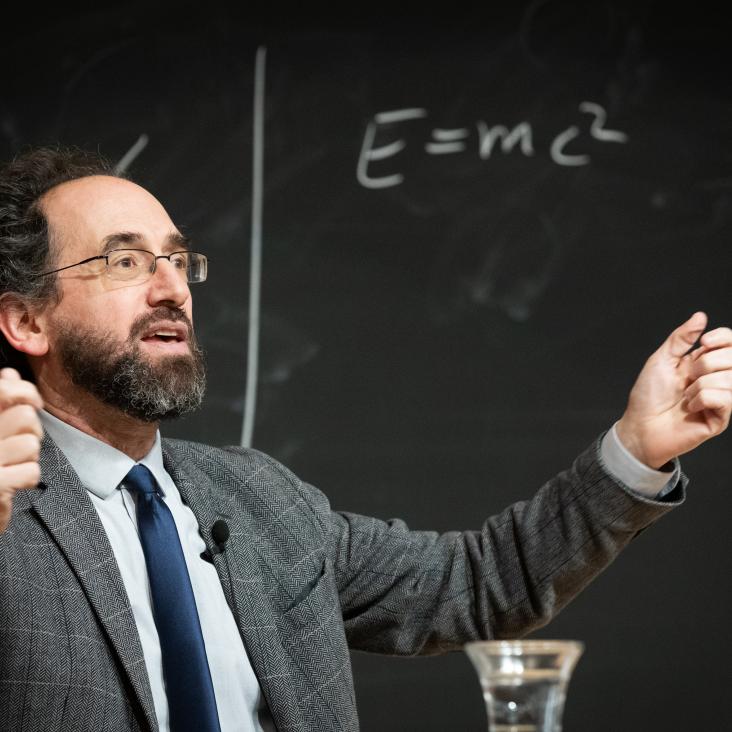Finite-Wavevector Electromagnetic Response of Fractional Quantized Hall States
(1993)
US strategy in the Persian Gulf
Survival Taylor & Francis 34:3 (1992) 81-97
The mobility of electrons in simple insulating fluids as a percolation problem
The Journal of Chemical Physics AIP Publishing 94:11 (1991) 7360-7375
Semiclassical percolation approach to electronic states in simple fluids
Physical Review A American Physical Society (APS) 42:10 (1990) 6278-6281
The local field distribution in a fluid
The Journal of Chemical Physics AIP Publishing 93:4 (1990) 2640-2657


